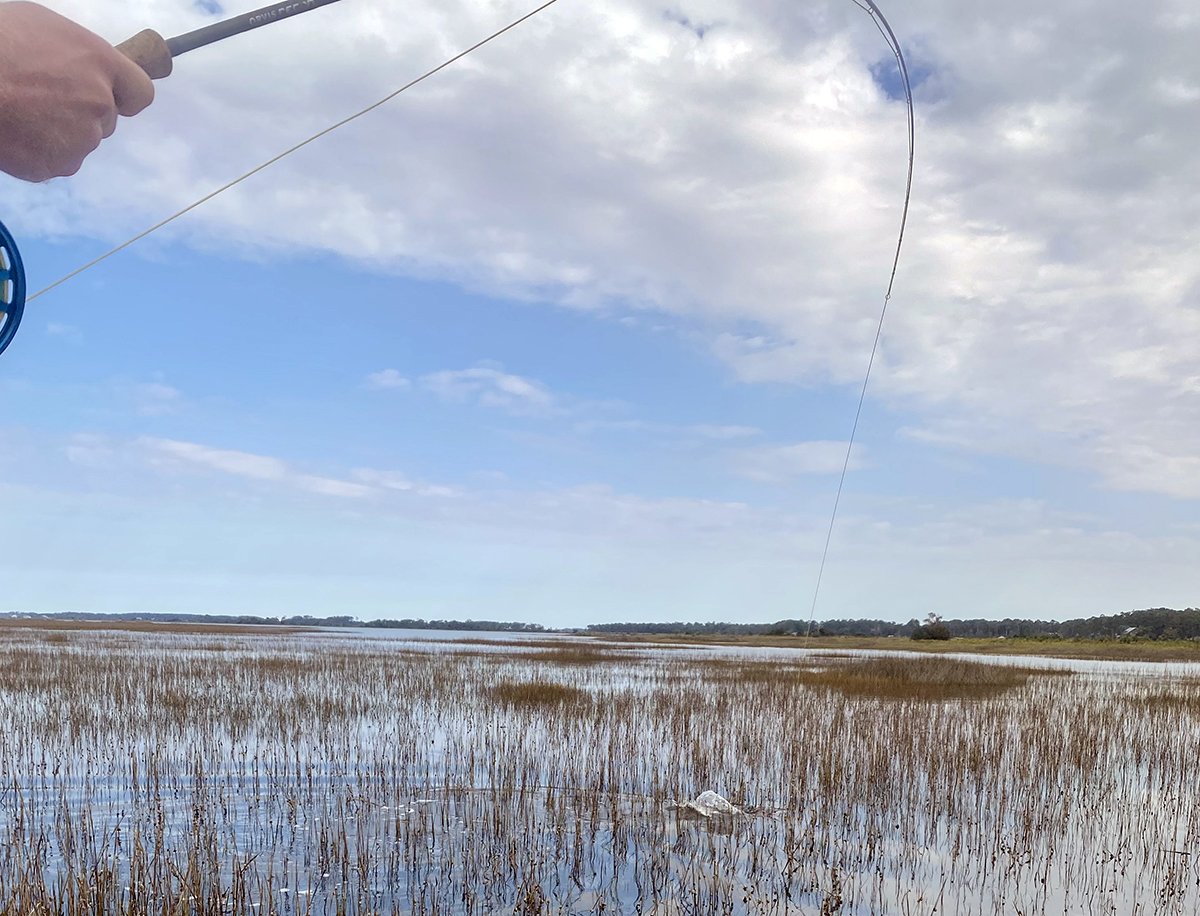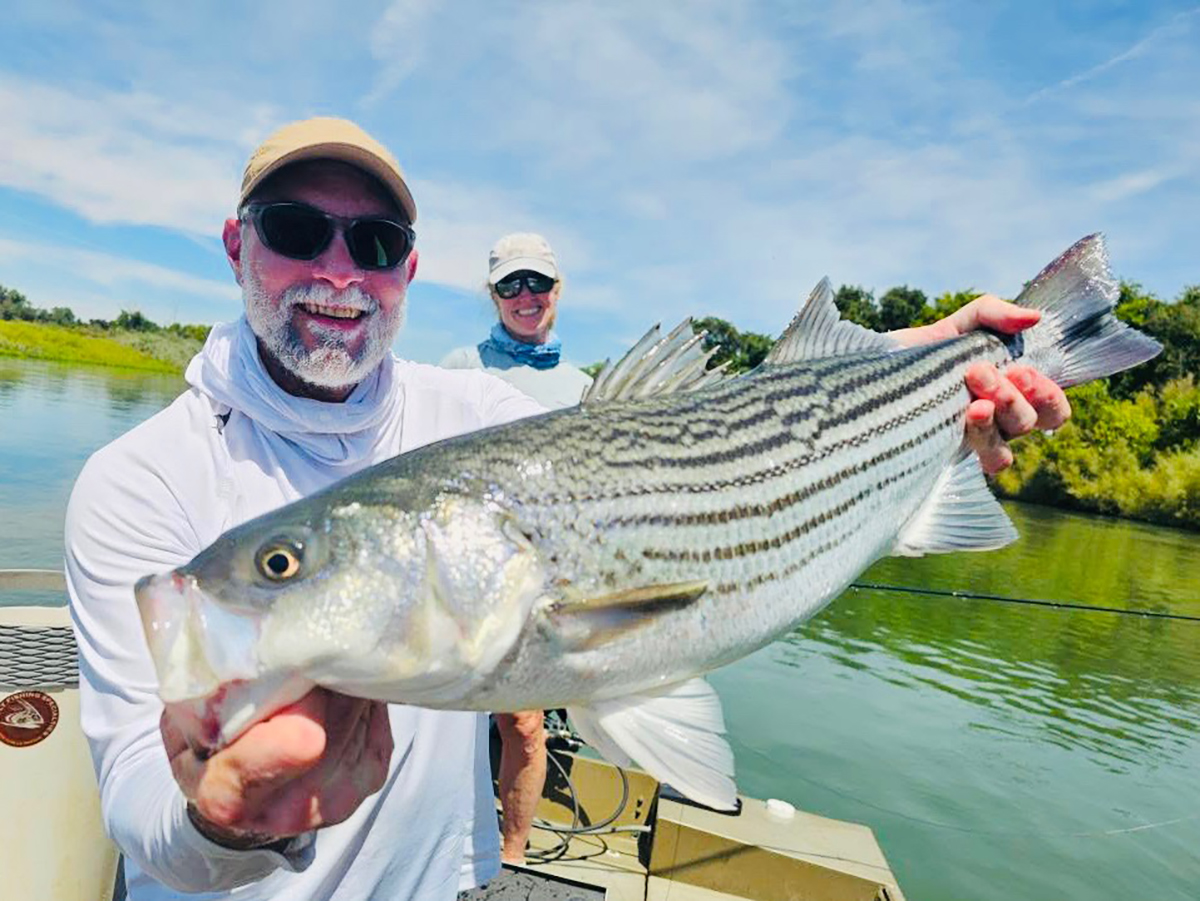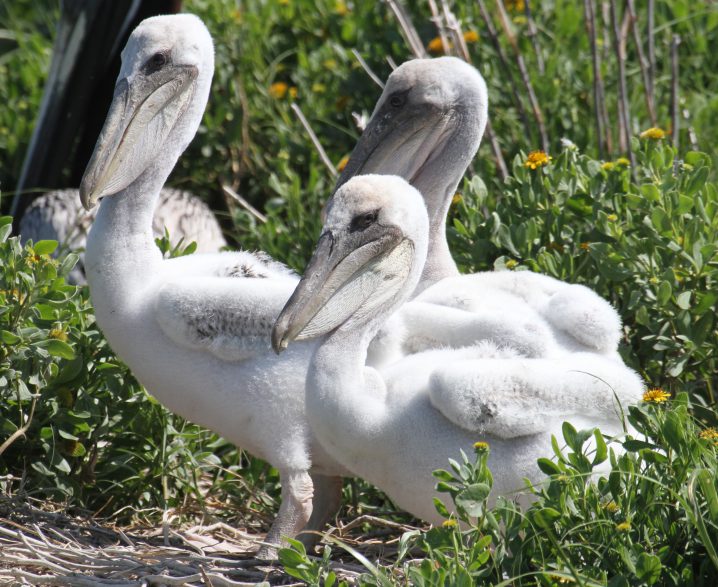
ATLANTIC — I nervously sat in a college lecture room in 1978 waiting to be handed the results of my final paper for a course on technical writing. The professor strolled about the classroom tossing the papers onto our desks. I was relieved to see at the top of mine, about the eastern brown pelican, a high grade in red ink. At the bottom of the page, I noticed the hand written notation, “What has the world lost if there are no more pelicans?”
I was initially stunned, stunned that my instructor had no compassion for the other creatures of this earth. Then, I was irritated with myself. Maybe my paper had all the merits for technical writing but it didn’t have the content to turn a stuffy college professor into a pelican-loving tree-hugger.
Supporter Spotlight
The paper probably mentioned that they have a seven-foot wing span, weigh eight pounds and that their pouch can hold over two gallons of water. But, it obviously didn’t ooze with the joy I feel when I see a pelican at sunrise gliding inches above a cresting wave.
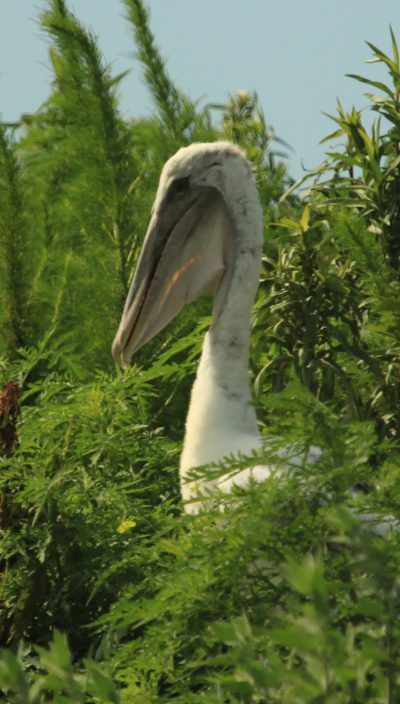
This memory flooded back to me as I stood in early July in chest-high stalks of fuzzy green dog fennel on an island in Core Sound with the uninviting name of New Dump Island. Since the early 1980s, the island has been an important rookery for hundreds of nesting brown pelicans.
The island is a big pile of sand consisting of dredge spoil remains, the results of hydraulic dredging to keep the local channels and inlet open for boat traffic. Ever since the island was created, the pelicans and other waterbirds have coveted it as a prime nesting site. In the open waters of Core Sound, New Dump Island has minimal vegetation and is free from predators such as raccoons and foxes, making it a pelican nesting utopia.
Managed by the North Carolina Wildlife Resources Commission, the island has been monitored for nesting activity since 1983 when 141 nests were counted. Each year since, hundreds of nests are identified on the island, with a peak in 2004 of 1,110 nests.
Earlier on that hot July morning, I, along with North Carolina Coastal Federation interns, gathered at a boat ramp in the Down East community of Atlantic. Here, we headed across the shallow waters of Core Sound on a homemade boat that looked much like a floating screened-in porch with an outboard motor.
Supporter Spotlight
As we approached the nesting island, some adult brown pelicans with their yellow head plumage were lounging on a nearby exposed sandbar, while others could be seen off in the distance plunging into the water in an effort to catch a pouch full of fish. Pelicans were flying in and out of the island as if it were a major airport hub.
The shallow water prevented the boat from reaching the island, so we abandoned ship and waded through the water, pausing to look at a huge live keyhole urchin.
Once on the island shore, we met up with two biologists, John Weske and Micou Browne, who have been banding brown pelicans and other shorebirds every summer throughout coastal North Carolina for much of their lives.
We were a group of green reinforcements here to help band this year’s brood of pelican chicks. A breeze somewhat weakened the heat of a hot summer morning as Weske gave us the history of the pelicans’ struggle for survival. In the late 1800s, pelicans and other colonial nesting birds were slaughtered to support a 30-year fashion craze for bird plumage. Once thought to be a threat to the commercial fish harvest, the pelicans were killed to eliminate what was perceived as competition.
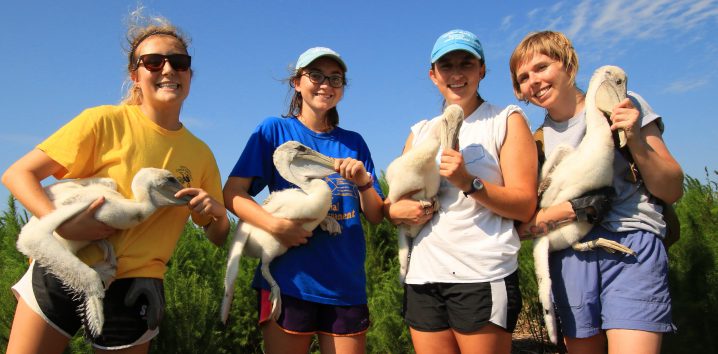
Pelican populations were also victims of the broad application of pesticides, specifically DDT, on farm fields. Carried by stormwater runoff, the poison made its way through the food chain and into the pelicans, wreaking havoc on their reproductive system.
Though scientist still debate the validity of DDT harming pelicans, the chemical is thought to have caused the shells of their eggs to become thin and brittle, breaking, as the adults incubated them. To provide warmth to the developing embryo inside the egg, pelicans will actually stand on their eggs, transferring the warmth of their large, fleshy webbed feet. Under the weight of an adult pelican, the weakened eggs were often destroyed.
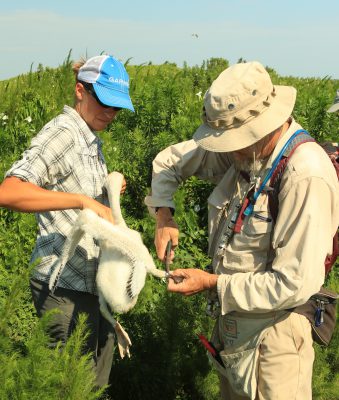
Populations plummeted and the eastern brown pelican was listed as an endangered species in 1970. After DDT was banned in 1972, along with other persistent pesticides, the pelican populations began to rebound, and in 2009, the species was completely delisted with populations now nesting as far north as Maryland.
With instructions from the scientists, we waded through the dog fennel and into the interior of the island in search of the chicks. While the interns were new fodder for the snapping young chicks, I was given the privilege of actually banding these white fluffy snowballs with wings. Adorned with a silver necklace of 50 aluminum bands and armed with a pair of needle nosed pliers, I waited to band my first pelican.
These bracelet-like bands will provide information on nesting site, longevity, migration, breeding age and population trends. This is knowledge that is needed to help biologists preserve and restore this coastal icon so that it is never threatened again.
Without flight feathers and unable to fly, the chicks raced into the safety of the low, grassy vegetation away from the intruders. They looked like clumsy little dinosaurs with their stubby white wings stretched out and held high as they ran away. As an intern reached in to pick up a chick, it would lunge at its pursuer with a mighty snapping of its long bill that resonated with the sound and power of a large rat trap. Once captured, the dangerous beak of the chick was secured by the intern’s left hand, with the right hand cradling the bird on the right hip as if holding a toddler.
I pulled the white downy wing and grabbed the chick’s warm leg. I then spread open one of the thick metal bands and wrapped it around the scaly leg. I crimped the band together with the pliers until the two ends met smoothly, leaving no gap that could allow discarded fishing line to entangle the bird.
Sounds simple right?
These pelican chicks hid in the dog fennel and one wasn’t too thrilled at the prospect of having a band attached to its leg.
Not so much for a novice. It took me minutes to get the bands just right while I watched the biologists attach the bands in seconds. Browne has been banding birds since he was 13 years old, and Weske has been doing it for over 50 years, including forest birds of the Peruvian Andes.
I studied their technique for pointers.
After banding tens of thousands of birds, they had the fast twitch muscle memory to apply the bands. With the strength of vice grip pliers, they would close the band with their hands then apply two quick squeezes of the needle-nose pliers. An audible snap could be heard when the ends of the band closed tight together.
The brave interns, now with battle scars from the sharp claws, scoured the island for hiding chicks. Disappearing into the head high fennel, they would reappear with the prehistoric-looking birds.
Once while applying a band, an intern holding a bird could feel the undulations of the pelican starting to throw up. She then expertly guided the beak away from us to avoid being hit by the shrapnel of partially digested fish. The resulting small made clear why this defense mechanism is so effective.
The personalities of the chicks varied, some were resistant, while others complied. Once captured, they were usually submissive, helplessly resigned to being assigned their own unique number etched on the shiny silver band.
As we left the chicks to be reunited with their parents, I began to think that my technical writing professor was sending me a veiled message with his comment about a world without pelicans. It was a defining moment for me, a challenge you might say. It was a way to provoke me into presenting information on nature and our wildlife in a way that will hopefully cultivate and inspire environmental advocates and stewards. However, I do have an answer to the question. A world without pelicans, or bears, wolves, whales, lions, elephants and all wildlife would be sterile and barren indeed, a world lost and without a soul.



